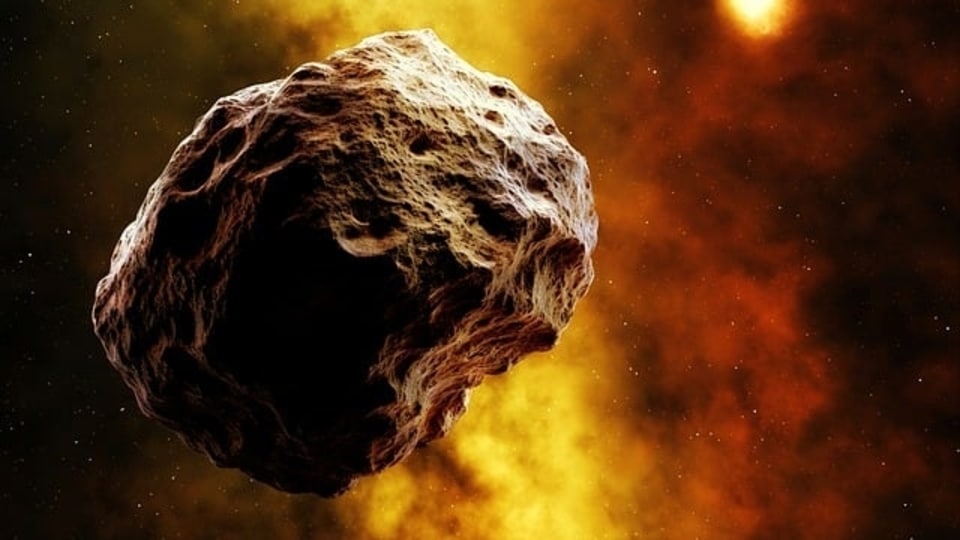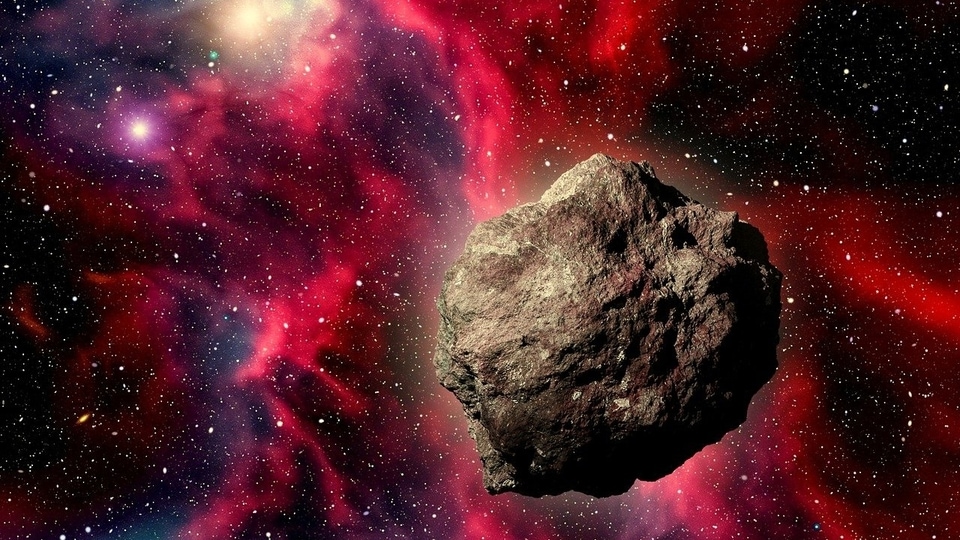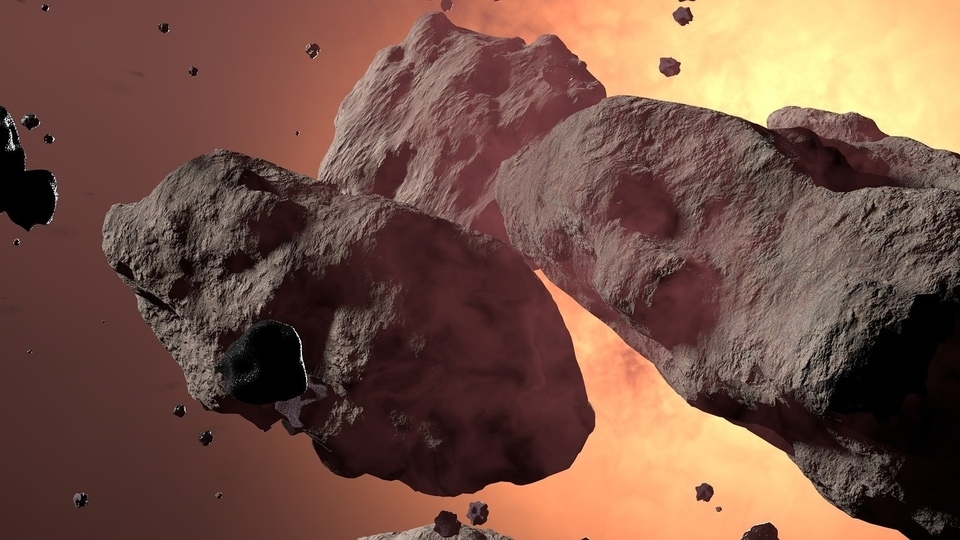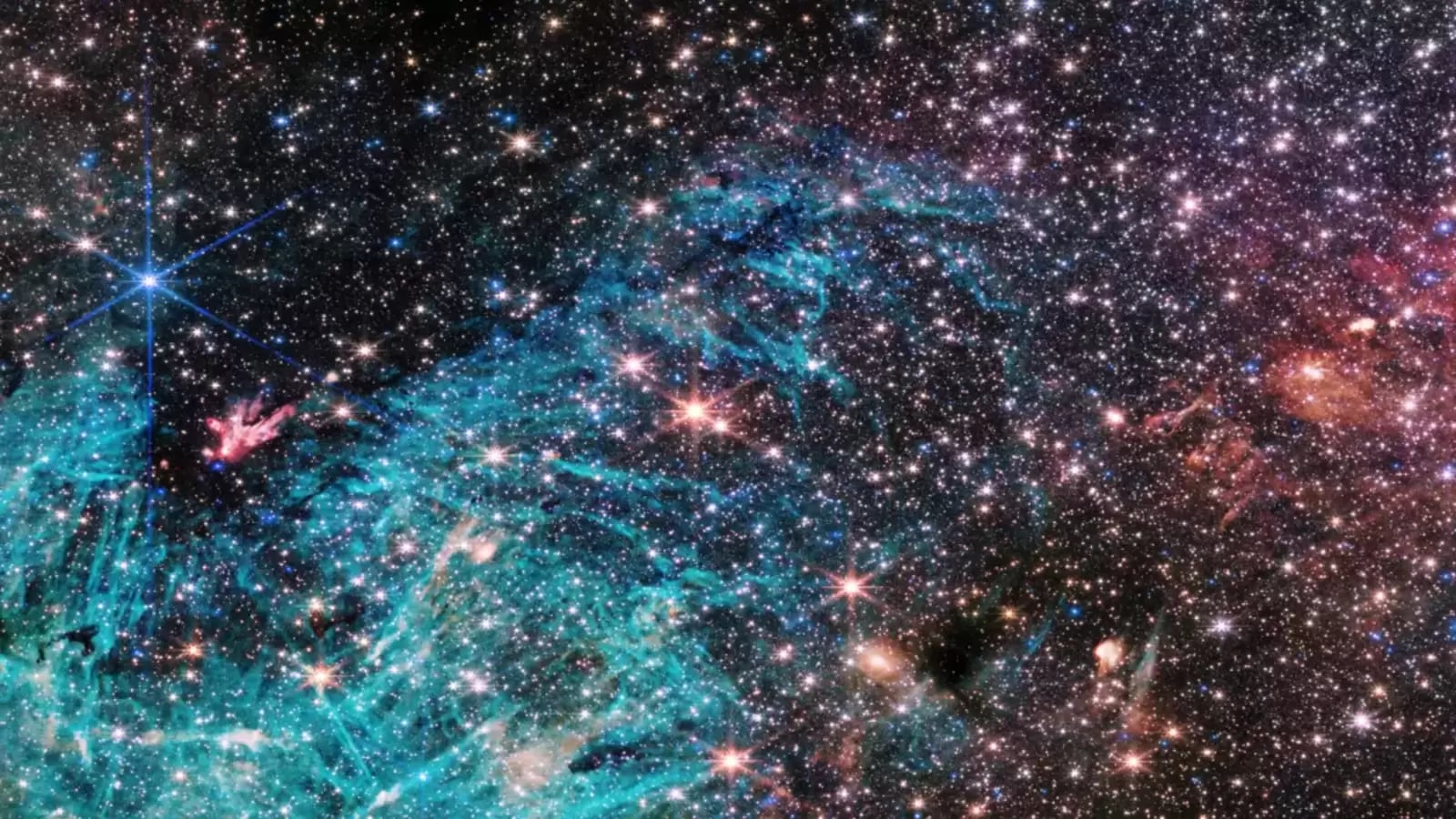NASA’s James Webb Space Telescope captures new features of Milky Way Galaxy
NASA’s James Webb Space Telescope has captured an image that shows a part of the dense center of our galaxy which consists of features that have never been seen before.






 View all Images
View all ImagesNASA's James Webb Space Telescope is the world's premier space science observatory. This space telescope is helping scientists in solving various mysteries of our solar system. With the James Webb Space Telescope, scientists are able to look beyond to distant worlds. Recently, an image released by the James Webb Space Telescope shows a part of the dense center of our galaxy which includes features that have never been seen before. Astronomers are still studying it and they haven't found any explanations yet.
According to a blog by NASA, the image shows a star-forming region known as Sagittarius C (Sgr C). It is about 300 light-years from the central supermassive black hole.
We are now on WhatsApp. Click to join.
Samuel Crowe, the observation team's principal investigator, who is an undergraduate student at the University of Virginia in Charlottesville says, “There's never been any infrared data on this region with the level of resolution and sensitivity we get with Webb, so we are seeing lots of features here for the first time.” He further added, “Webb reveals an incredible amount of detail, allowing us to study star formation in this sort of environment in a way that wasn't possible previously.”
What are Protostars?
According to NASA, about 500,000 stars that are being shown in the image are a cluster of protostars. These are stars that are still evolving and gaining mass. They are emitting outflows that appear like a bonfire in the midst of an infrared-dark cloud. There is a massive protostar which is over 30 times the mass of our Sun located at the heart of this cluster. NASA explains that the cloud from which the protostars are originating is excessively dense. Therefore, the light from the stars behind is not able to reach the James Webb Telescope. This makes it appear less crowded. Smaller infrared-dark clouds appear like dots in the image, which are like holes in the starfield. These are the holes where future stars are forming.
Additionally, Webb's NIRCam (Near-Infrared Camera) instrument has taken an image of large-scale emission from ionized hydrogen surrounding the lower side of the dark cloud. It is cyan-colored in the image. According to Crowe, this is happening because energetic photons are being emitted by young massive stars. However, the vast extent of the region shown by the James Webb Space Telescope is still unexplainable and needs further research.
One more thing! HT Tech is now on WhatsApp Channels! Follow us by clicking the link so you never miss any updates from the world of technology. Click here to join now!
Catch all the Latest Tech News, Mobile News, Laptop News, Gaming news, Wearables News , How To News, also keep up with us on Whatsapp channel,Twitter, Facebook, Google News, and Instagram. For our latest videos, subscribe to our YouTube channel.





























